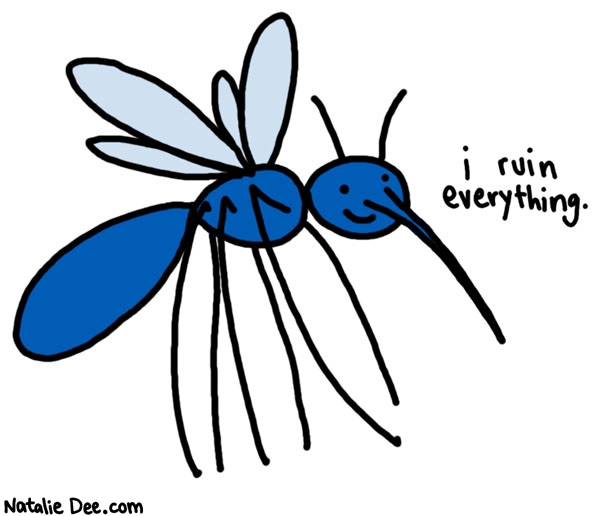 |
| Bat Scream of Anger from WIRED.com |
Probably because the most virulent disease in the history of mammals has KILLED HIS ENTIRE FAMILY.
Anyone who knows me knows I love bats. I love them. I think they're adorable, and they eat the things that almost got me killed with malaria. They fly, and they make awesome noises, and their wings are like extendo-hands. They're rad little examples of evolution at work, and their little faces are so cute it's almost painful.
And they're being coated in white killer fungus crap, blinding them and leaving them dead by the thousands at the bottom of caves all over North America.
It's called White Nose Syndrome, and WIRED has an awesome, in-depth article that's a really deep look at a really big problem.
Five pages of which I summarize after the jump.
 |
| WNS from http://blog.newenglandbirdhouse.com/page/3/ |
So it goes like this: nobody knows a whole hell of a lot about White Nose Syndrome (WNS). They know it's a fungus--but fungal infections are almost never fatal. Which doesn't explain millions of dead bats. The thought is that the fungus worms its way into the skin tissue, and starts digesting the musculature underneath (think the demon worms in Princess Mononoke). That whole process, being uncomfortable, wakes them up every few days from hibernation, which is thought to further screw up the immune system and totally dehydrate these little guys (which could be how it kills them). What vectors carry it other than other bats? Dunno. Where's its origin point? Also dunno.
The fungus that makes up White Nose Syndrome is easy to kill. With antifungals, which are notorious endocrine disruptors. Which effectively kills the bats, and basically substitutes for the disease. Which is obviously bad news.
Caves in Ontario and throughout most of the Northern US states are highly infected, with somewhere between 80-99% of bats already dead. As the winter intensifies, bats hibernate in big old groups in caves, to stay warm--which is basically the best opportunity for the fungus to spread.
Summation so far: killer fungus spreads like wildfire and smites millions of bats all over North America. We don't know how to stop it, and we don't really know how to start finding out.
So bats get wiped out. Say we never really liked those little mousey shits anyway. So what?
So there are a couple of problems with that.
The big-picture, tree-hugger problem is biodiversity. This doesn't just kill one or two kinds of bats--this is potentially knocking out more than half of North America's 45 species. The article puts it well: "Losing half of them in North America is a bit like losing half our jazz musicians, or abstract painters, or novelists. Something unique and unreplicable will be gone."
 |
| goddamn mosquito from nataliedee.com |
So summary so far: Bats are dying by the millions and the situation is bloody dire. Why haven't we heard of this before?
I'll take it straight from the WIRED article verbatim:
"The National Science Foundation has essentially ignored the disease. The U.S. Fish and Wildlife Service, through which most WNS research and management is coordinated, spent $2.4 million on the disease last year, or slightly less than it expects to save through upgrades to departmental e-mail and data processing. Congress gave an extra $1.9 million in 2010, but that may have been a one-time event.
"Awareness and concern exists, but at a fraction of what would likely be displayed if, say, half of America’s waterfowl were about to vanish... Bat conservationists tend to blame this on bats’ unfair and untrue reputation as rabies-ridden, hair-tangling rodents."
In other words, if panda bears got WNS, it'd probably be solved by now.
No comments:
Post a Comment